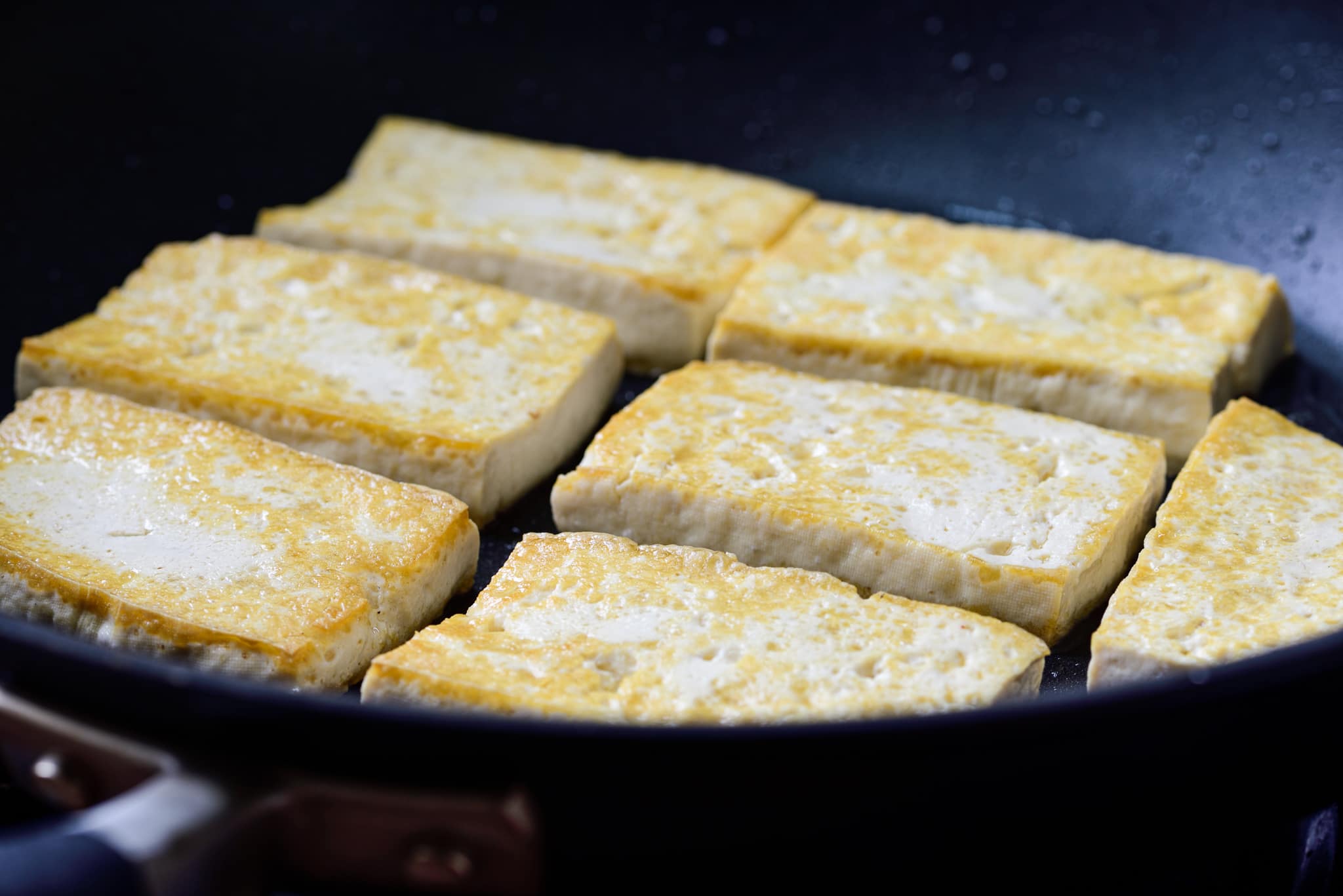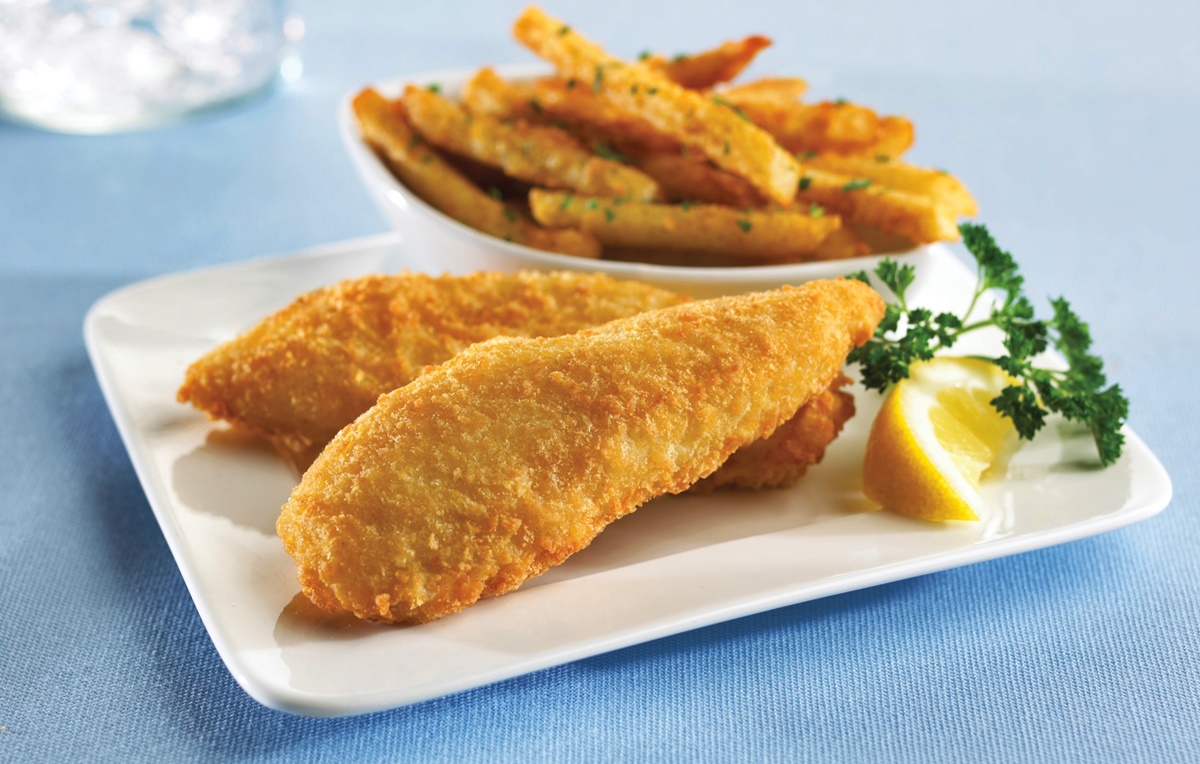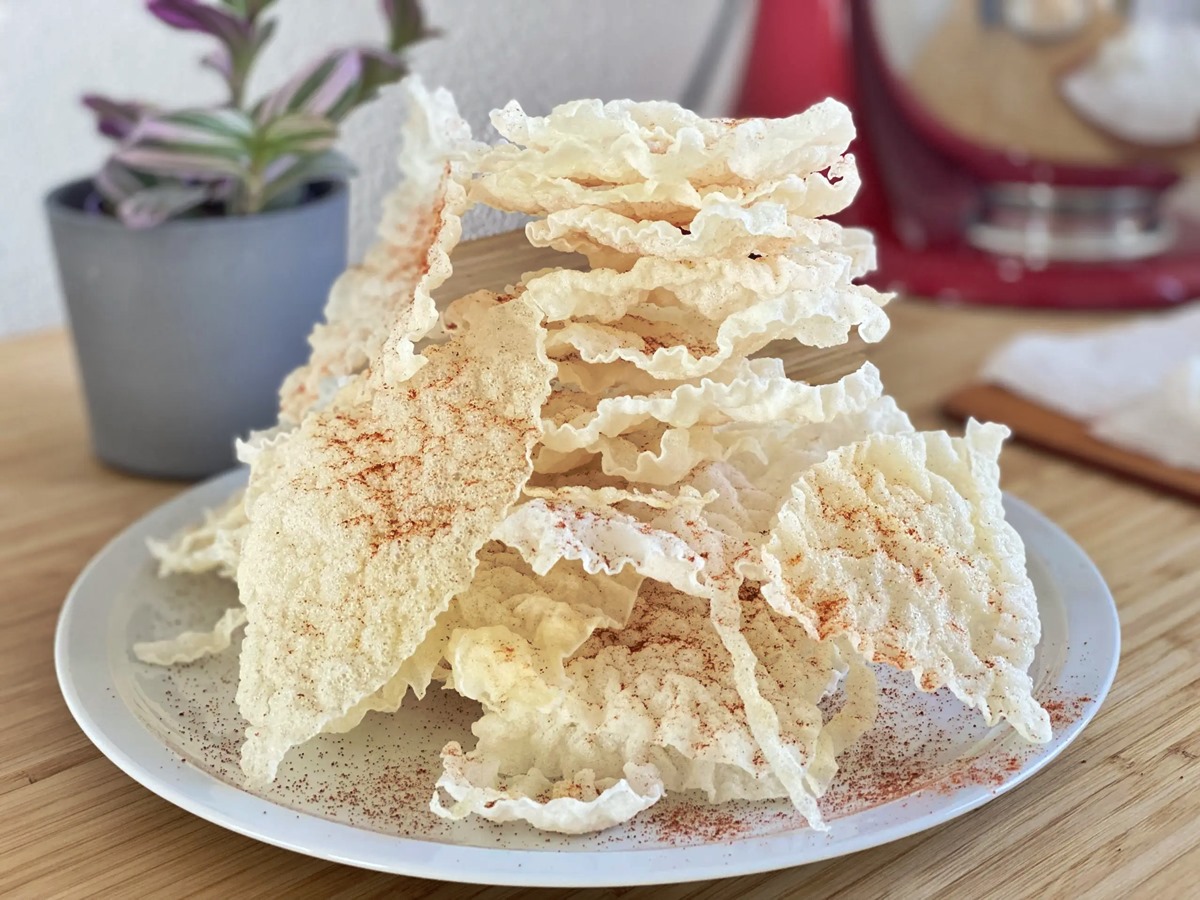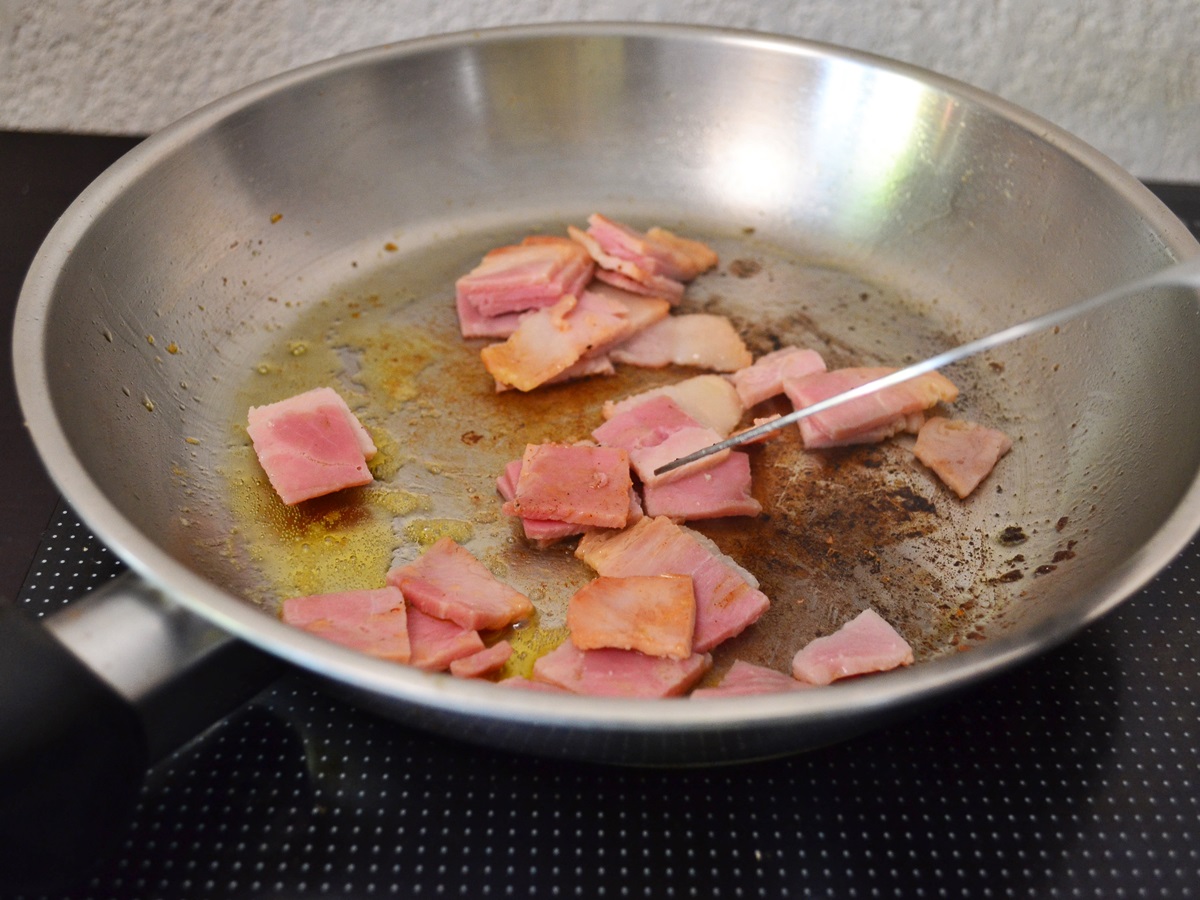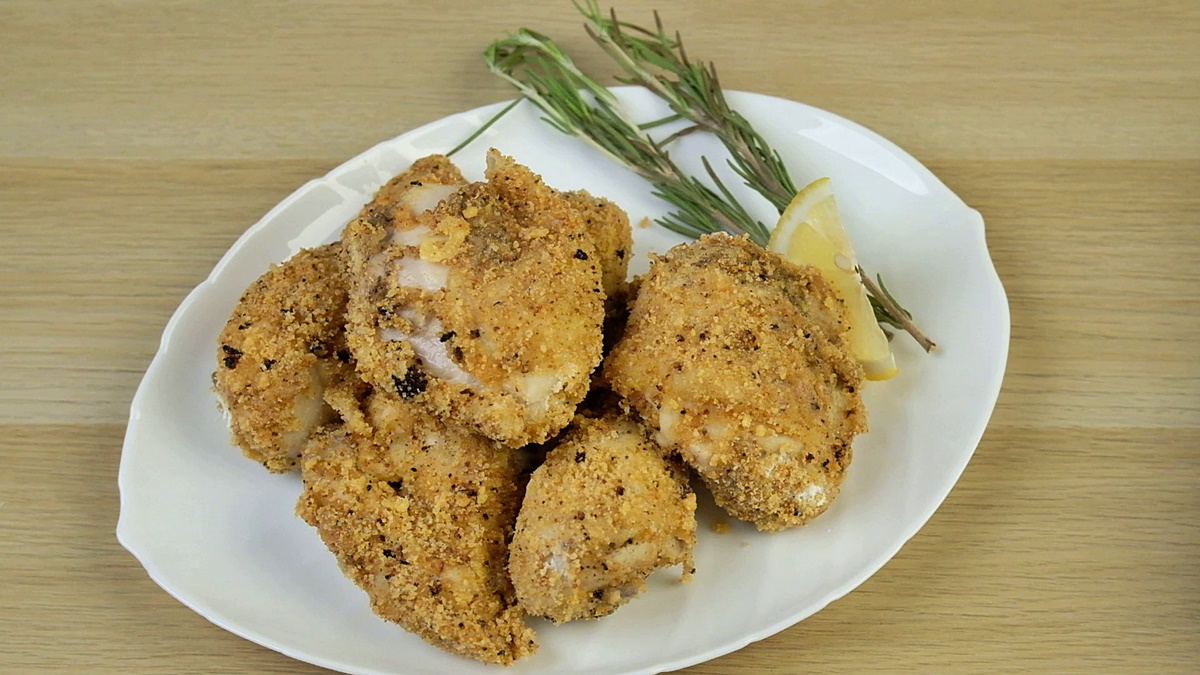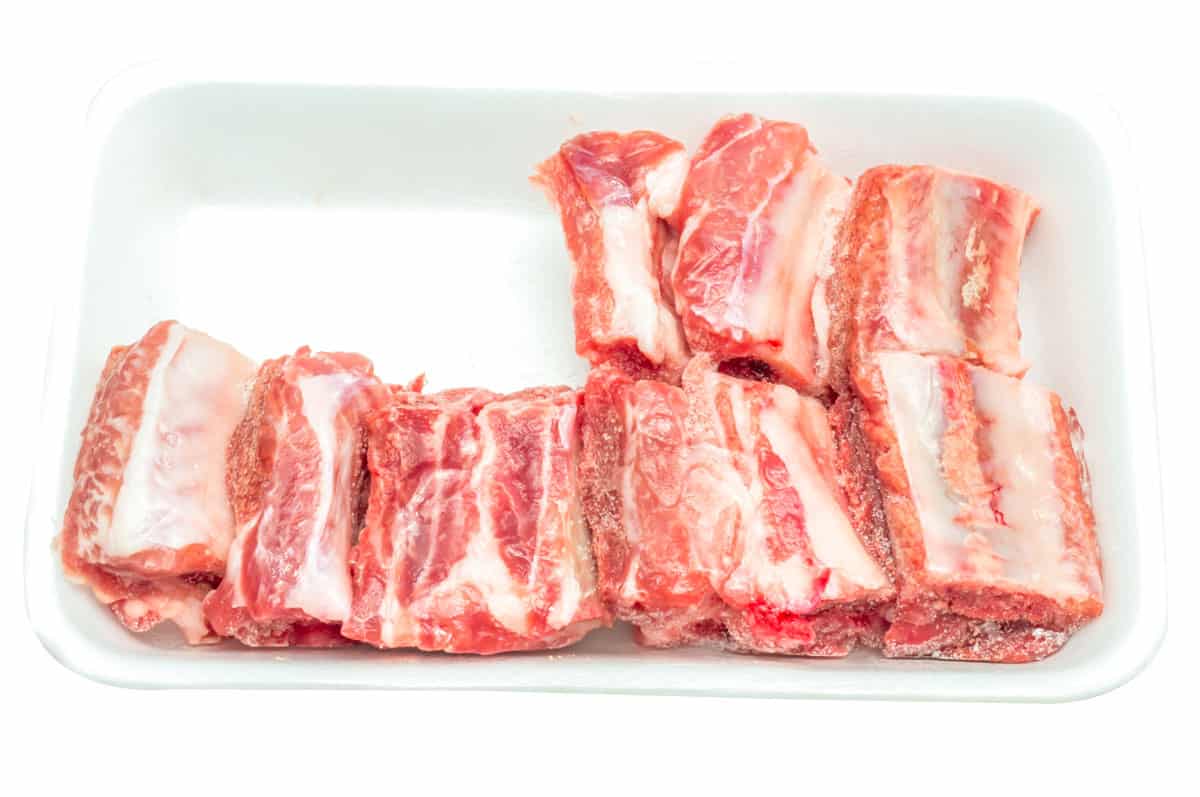How to Fry Eggplant With Flour: A Crispy and Delicious Recipe
Are you looking for a simple yet flavorful way to enjoy eggplant? Look no further! Frying eggplant with flour is a fantastic cooking method that yields a crispy and irresistible result. In this article, we will guide you through the steps to create a mouthwatering dish that you’ll want to make again and again.
Ingredients:
- 1 large eggplant
- 1 cup all-purpose flour
- 1 teaspoon salt
- 1/2 teaspoon pepper
- 1/2 teaspoon paprika
- Vegetable oil for frying
Instructions:
- Start by preparing the eggplant. Wash it thoroughly and cut it into round slices, approximately 1/4 inch thick. If you prefer, you can also peel the eggplant before slicing.
- In a shallow bowl, combine the all-purpose flour, salt, pepper, and paprika. Mix well to ensure that the spices are evenly distributed throughout the flour.
- Heat vegetable oil in a large skillet or frying pan over medium-high heat. Make sure the oil is hot enough to sizzle when you add the eggplant slices.
- Dredge each eggplant slice in the flour mixture, making sure to coat both sides. Gently shake off any excess flour before placing the slice in the hot oil.
- Carefully place the coated eggplant slices into the hot oil, being cautious not to overcrowd the pan. Fry for about 2-3 minutes on each side, or until the slices turn golden brown.
- Once the slices are golden brown, remove them from the oil using a slotted spoon or tongs. Place them on a paper towel-lined plate to absorb any excess oil.
- Continue frying the remaining eggplant slices in batches until all the slices are cooked.
- Serve the fried eggplant with flour immediately while it’s still hot and crispy. You can enjoy it as a standalone appetizer, a side dish, or even use it as a topping for sandwiches or salads.
There you have it! A simple and delicious way to fry eggplant using flour. The crispy texture and savory flavor make this dish a crowd-pleaser. Give it a try and impress your friends and family with your culinary skills. Enjoy!
For those looking to perfect their frying technique with eggplant and flour, there are a few standout recipes to consider. You can start with the Classic Fried Eggplant Parmesan, a timeless dish that layers crispy eggplant slices with marinara and cheese. If you crave a quick and delicious snack, Eggplant Fries with Dipping Sauces provide a crunchy and satisfying bite. For a more creative take, try the Fried Eggplant and Mozzarella Stacks, which combines layers of fried eggplant with gooey mozzarella and fresh tomatoes. Each recipe offers a unique way to enjoy the crispiness and flavor that come from frying eggplant with flour, making them perfect for experimenting and honing your skills.
Was this page helpful?
Read Next: How To Fry Shrimp Without Breading

